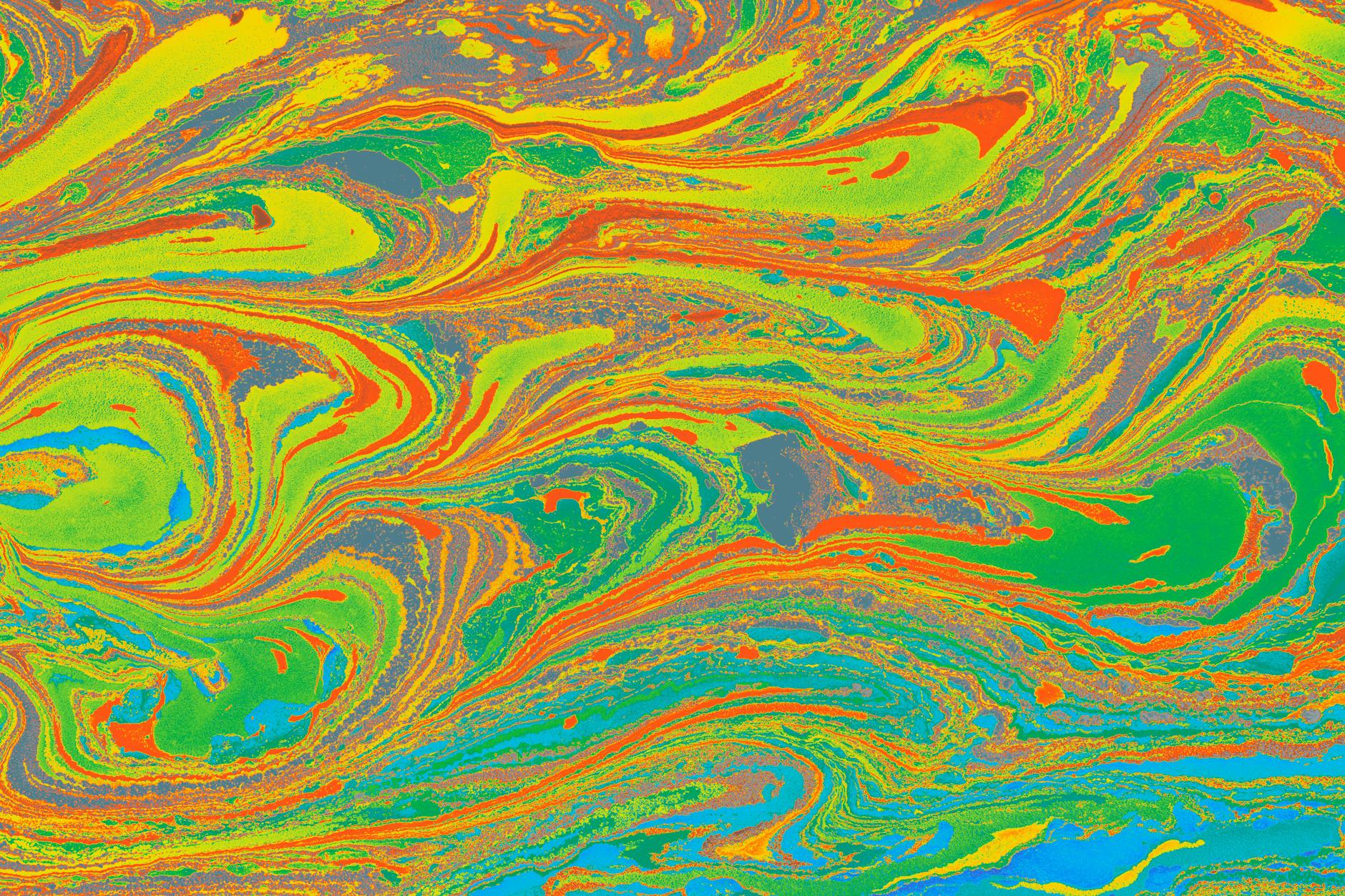The paradoxically vivid and elusive realm of psychedelic art has long intrigued scholars, artists, and the public. By and large, psychedelic art is characterized by abstract forms, vibrant colors, fractals, symbolic imagery, and the assertion of the interconnectedness of the existence. One of its crucial influences, often overlooked, is nature’s relentless and profound effect. In the pulsating heart of psychedelic art, we find the articulation of nature, its patterns, inspiration, and profound symbolism deeply etched.
The most characteristic trait of psychedelics is its ability to dissolve the barriers between individual consciousness and the universal truth, creating a vivid experience of interconnectedness. This interconnectedness can be seen emulated in psychedelic art where boundaries between objects blur, morphing into one another in vibrant whirls of color. For instance, a key component depicted often is natural patterns, designs and configurations found in nature. These patterns recur across nature at different scales, hinting at an underlying order. From the veins of a leaf, the grand view of river deltas from space, the spirals of galaxies, to the neural structures of the human brain – these recurring pattern is evidence of fundamental harmony in the universe. The geometry of nature is starkly represented in the structural framework of psychedelic art.
Psychedelic artists have tapped into this source of unending inspiration, oftentimes facilitated by their experiences with psychotropic substances. These substances have been known to throw wide open the gates of perception, leading to a profound spiritual connection with the self and the environment. This spiritual awakening is experienced as an intimate awareness of the environment, recognizing it not merely as a background of human affairs, but as an active, pulsating entity. This can cultivate a deep environmental awareness, manifesting as a heightened reverence for the natural world in the artworks.
Moreover, the symbolism employed in psychedelic art often draws upon elements of the natural world. Common motifs include eyes – the windows to the soul, flowers and trees – symbolically representing life and growth, and celestial bodies – representing the cosmic connection of all things. The frequent recurrence of certain animals, like snakes or big cats, often draw from shamanic traditions and spiritual folklore from around the world, embodying transformation, healing, or power. Through the judicious use of symbolism, psychedelics infuse mundane elements of nature with profound meanings, revealing their mystical dimension.
In portraying the intimate bond between the individual and the environment, psychedelic art can indeed play an instrumental role in promoting an attitude of conservation and mutual respect towards nature. By invoking the sensation of being deeply enmeshed with natural systems rather than an external observer, it can foster a sense of responsibility and guardianship. In this sense, psychedelic art can serve as a strong ambassador for environmental awareness.
Lastly, observing psychedelic art can be an immersive and transformative experience, strikingly akin to actually being in nature. The aesthetic principles operating in both situations are remarkably similar. For instance, being lost in the forest, with its diverse forms, vivid colors, multisensory engagement, and the sense of both familiarity and strangeness closely mirrors the psychedelic experience. Both can offer therapeutic value in terms of stress reduction, insight, and personal growth.
In conclusion, the colorful crescendo of psychedelic art bears the indelible imprint of nature in its vast, dynamic canvas. The outcomes are a vivid illustration of the intricate ties between the human consciousness and the natural world. Further understanding of this symbiotic relationship can be central to ethic and aesthetic principles that guide human behavior and attitude towards nature.
In essence, psychedelic art is more than a captivating spectacle or mere aesthetic. It is a vibrant testament to the profound interconnectedness of existence, threading together the human psyche with the vast tapestry of nature – an interconnectedness that lies at the heart of harmony, and from here, we derive strength.








